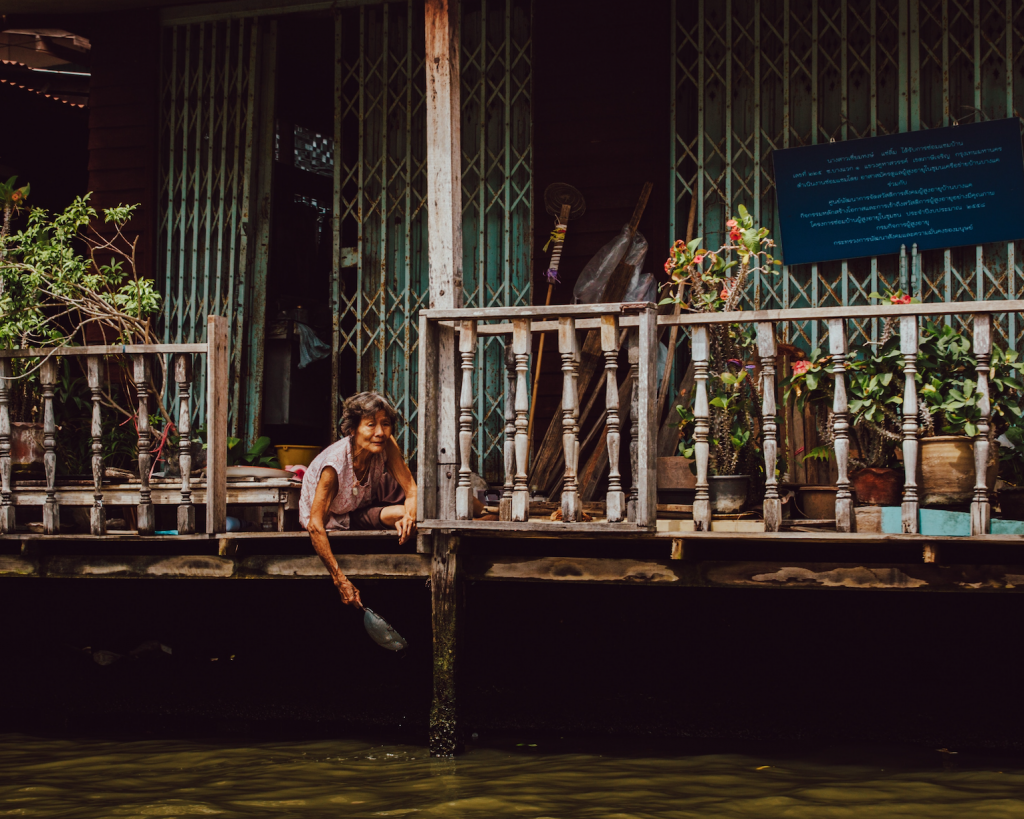The Philippines is a Southeast Asia country comprising of more than 7,000 islands. The most significant challenges facing this country and its citizens in poverty. The people of the Philippines are having a hard time surviving in these difficult conditions, and more and more are falling into extreme poverty.
The Asian Development Bank stated that the major causes of poverty include low economic growth, a weak agricultural sector, increased population rates and a high volume of inequality. There are a lot of effects of poverty in the Philippines that make it difficult for people to live in good conditions because of these factors.
‘Despite the generally good economic performance, poverty remains high, and the pace of poverty reduction has been slow,’ says the World Bank in its latest report on poverty in the Philippines.
Even though the Philippine economy continues to grow, around 22 million Filipinos or one-fifth of the country’s population still live below the national poverty line.
“Although the general economy keeps improving, poverty still remains high, and the pace of poverty reduction has been slow,” said the World Bank in its report.
Recent data from the World Bank showed poverty in recent years did decline, with 21.6% of Filipinos living below the poverty line in 2015, compared to 26.6% in 2006.
The major cause of this decline was mainly to the expansion of jobs outside of agriculture, the government’s Pantawid Pamilyang Pilipino Program (4Ps), and remittances from Filipinos abroad.
However, more needs to be done to ensure that everyone feels the economic growth.
While there has been progressing in poverty reduction, World Bank country director Mara Warwick said that it is important to note “the Philippines needs to do more to end poverty.”
A senior economist at the world bank, Xubei Luo, said that while more Filipinos have been lifted out of poverty over the last decade, many remain vulnerable.
In 2015, about one in 10 Filipinos have joined the global middle class, but more than one in 10 individuals are vulnerable to falling back into poverty.
With the majority of poor household dependent on agriculture and located in rural areas, the significant factors behind the slow reduction of poverty include:
- Minimal growth and productivity in agriculture
- Few manufacturing bases to absorb workers moving out of agriculture
- High inequality of income
- Natural disasters and conflict
What, then, can be done?
The government has come out with some strategic plans focused on reducing poverty, specifically AmBisyon Natin 2040, a long-term vision to bring down poverty and improve the lives of the poorest part of the population, and the Philippine Development Plan 2017–2022.
The target of these plans is to reduce poverty to 13 to 15 percent by 2022.
With robust economic fundamentals, the Philippines is well-placed to speed up poverty reduction. The biggest challenge is to provide more economic opportunities, which would help many more people earn higher and stable incomes.
Insufficient well-paying job opportunities and inequitable investment in human capital trap the poor in poverty across generations. High concentrations of wealth constraint equal opportunities and access to services, which are necessary for inclusive growth. Natural disasters repeatedly and disproportionately batter the poorest regions of the country, miring them in higher levels of poverty.
If the Philippines is to reach its goal of becoming a middle-class country by 2040, policy formation should be directed towards the following:
- Creating lots of jobs for both skilled and unskilled workers
- Improving the quality of basic education and completion of secondary school
- Boosting natural disaster risk management and protection systems
- Improving productivity, especially in agriculture
- Invest in health and nutrition
Poverty reduction efforts should be focused on Mindanao by increasing public investments in the area, promoting peace, and resolving the conflict.
Considering the fact that 2 out of 5 impoverished individuals live in Mindanao, making a difference in Mindanao makes a big difference to the Philippines. By increasing public investment in Mindanao to help boost development in the region would expand opportunities for conflict-affected communities, broaden access to services and create more and better jobs
The World Bank also emphasized the need to include investments in healthcare services as part of poverty reduction efforts, and to implement the reproductive health lawfully.

